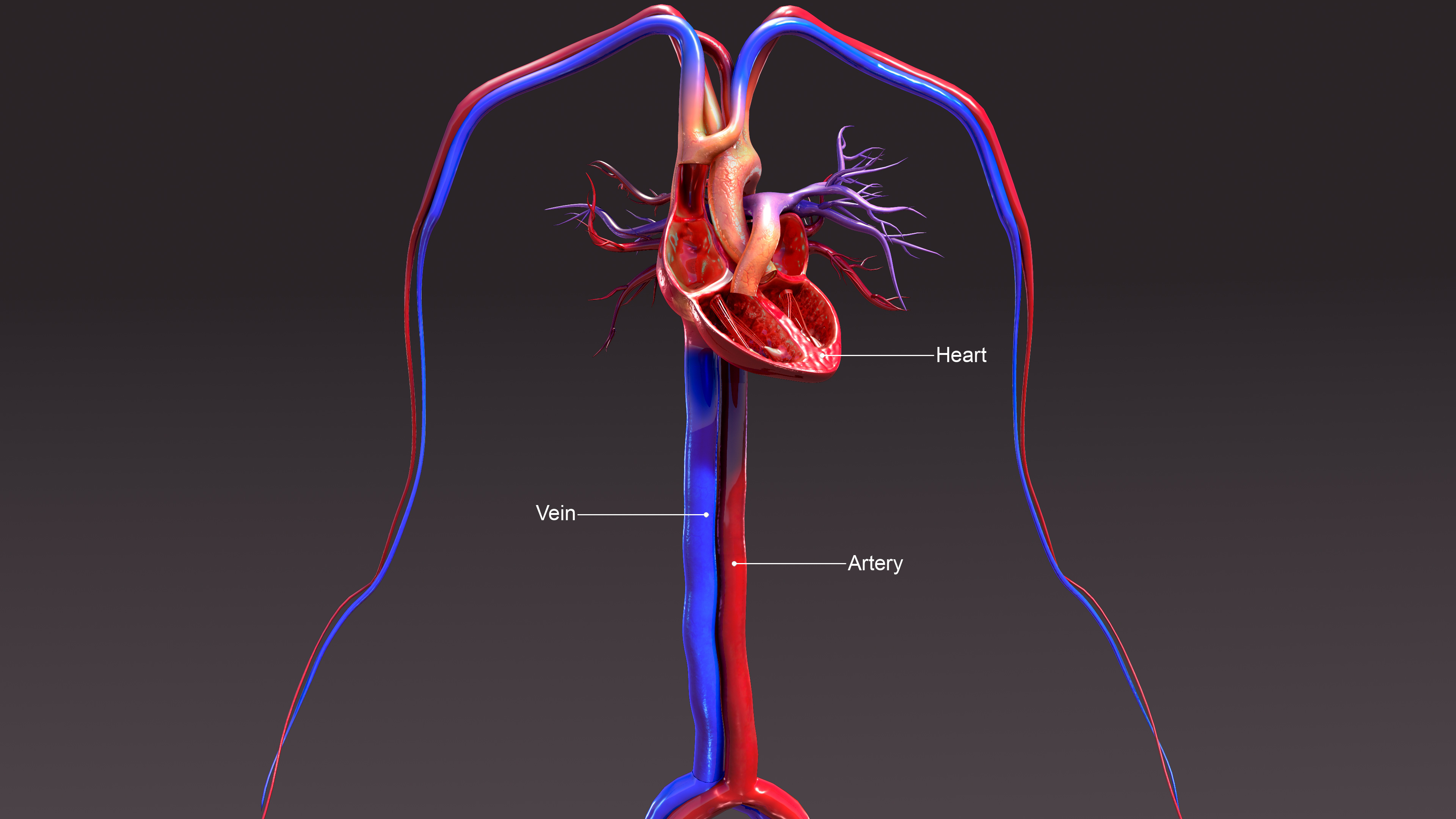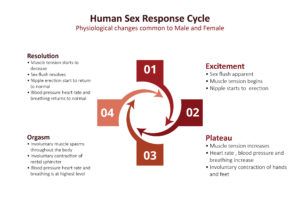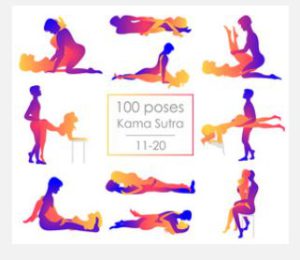Did you know that exercising can help you reduce your blood pressure by 4 – 9 points? Research suggests that participating in moderate physical activity for 30 minutes most days of the week can help lower your blood pressure by 4-9 points. While that might not seem like a lot, think again . You will soon realize that 9 points can be the difference between normal blood pressure and high blood pressure, taking no pills, one, two or three pills. Exercising is one way you can lower your blood pressure naturally. Continue reading and discover other proven ways to control your high blood pressure.
Over half of Americans 18 and older and one-third of adults worldwide have blood pressure above normal range or hypertension. 7.5 million death occurs every year due to the complications of high blood pressure. The most common reason why Americans visit their doctor is to manage their high blood pressure. But still only approximately only 50% have their blood pressure under control.
Staying Alive With Good Blood Pressure !!!

Your blood pressure is the measurement of the pressure of blood against the wall of your blood vessels (arteries) that occurs when the heart contracts and relax. In the right amount, the pressure keeps you alive. Adequate blood flow and blood pressure are vital for the survival of your organs and you. It is one of the “vital signs” that tells us you are alive. But it can also indicate that you are not doing so well and might die without timely and proper treatment. Too high or too low blood is not good for you.
High blood pressure also known as hypertension (HTN), is sustained elevated blood pressure at rest. The testing for high blood pressure is a routine test done on your visit to your doctor. Its very simple and quick and usually does not hurt. Although any trained personnel can take your blood pressure , your doctor is the only one that can give you a final diagnosis. He will also discuss a treatment plan with you.
At your visit to the doctor, clinic or hospital, they connect you to a machine and take your “vital signs.” Blood pressure, heart rate, respiratory rate and temperature are taken. Although not full proof, it is one of the quickest ways they check what is going on in your body. It is one of the first things we do in an emergency.
Measure Up
Sphygmomanometers is medical device used to measure your blood pressure.
One way to measure your blood pressure is to wrap a cuff attached to a machine around your arm, leg or wrist. The cuff inflates and displays number. There are other internal ways, but at home, you will be using a cuff attached to a device. While some people uses the cuff wrapped around the wrist the American College of Cardiology (ACC) and America Heart Association (AHA) recommends using the upper arm because it is more accurate.
The manual method, although not popular, it is still used by some healthcare professional. This method uses a stethoscope and an inflatable pumping device attached to the cuff. It takes more time and effort and good hearing and not recommended for home use.
Depending on the situation in the hospital or clinic you might see one of the other ways listed below:
- Electronic
- Manual
- Arterial
- Palpable
Your blood pressure measurement is written or displayed on the machine with a top number and bottom, i.e., 125/72. Some device has other numeric values, but we will only focus on the two numbers that reports your blood pressure. The top number is called systolic blood pressure (SBP), and the bottom number is called diastolic blood pressure (DBP).
SBP (top number) is a measurement of the pressure in your arteries when your heart contracts.
DBP (bottom number ) is a measurement of the pressure in your arteries when the heart relaxes between each contraction..
Back in 2017 the American College of Cardiology (ACC) and America Heart Association published new guidelines for the prevent, diagnosis and treatment of blood pressure as follows:
Normal Systolic 120
Diastolic 80
Elevated Systolic 120 – 129
Diastolic 80
High Stage 1 Systolic 130 – 139
Diastolic 80 -89
High Stage 2 Systolic 140
Diastolic 90
High blood pressure is referred as the silent killer because you might not have any symptoms in the early stages. Many people are not diagnosed until the later stages because they do not get regular check-ups. They usually present to the emergency room with dizziness, headaches, feeling tired amongst other symptoms. Some individuals present with a stroke, aneurysm or heart attack. Often times this is too late, and they can not be saved.
Complications of High Blood Pressure
High blood pressure if not controlled can slowly cause havoc in your body. The high pressure gradually causes severe damage to both small and large blood vessels throughout the body. The body compensates, but this also leads to other changes in structures that cause further damage. Small and large arteries become occluded, or hemorrhage (major bleeding) occurs over time and can cause permanent damage to the brain, heart, kidney, and eyes.
The most common complications are listed below. Some are life-threatening.
- Cerebral Vascular Disease can cause a stroke leading to death or disability
- Chronic Kidney Disease can cause permanent kidney damage requiring dialysis and kidney transplant.
- Congestive Heart Failure can cause heart damage requiring a heart transplant.
- An aortic Aneurysm can break/rupture causing death
- Peripheral Artery Disease causes poor circulation to your legs. Sometimes amputation is necessary.
Can You Take Some Pills, Can You Take Some More Pills
Unfortunately, the blood pressure medication prescribed by your physician will not cure your high blood pressure. The purpose of the medicine is to control your blood pressure and keep it within the normal range, therefore reducing the chances of complication. This means if you stop taking your medication your blood pressure will increase. Unless you made some changes to your lifestyle, without medication your blood pressure would remain high.
When you are the hospitalized, your blood pressure gets checked every four hours by the nursing staff. It is not necessary for you to check it this often at home. The stress of being sick can affect your blood pressure and this is the reason it checked so often. Furthermore, you will not have a nurse to give you your medication on schedule and check your blood pressure therefore just like exercise you have to the find a way to include it in your daily routine until it becomes a habit.
The pills that are given to you in the hospital to treat your blood pressure are the same ones you will continue at home. They will not discharge you with medication that you were not given in the hospital. They make changes until they find the right combination and dose that fits you. Getting it right can take several attempts. The doctor reviews your blood pressure trends and changes either the medication, the dosage or the frequency.
In contrast, since the doctor has less control of you in an outpatient setting , i.e the clinic, finding the right therapy might take longer. He will rely on you , instead of the nurse to keep track of your blood pressure and how you feel. The best way to do this is to keep a BP journal .
It can take up to the three different combinations of blood pressure medication to get your blood pressure in an acceptable range. However, whenever changes are made to your medicine ask your doctor when should you expect improvement. Blood pressure medications are not like antidepressant that takes up the two weeks to start working. Most blood pressure medication starts to work in a few hours. Therefore, plan to have your blood pressure checked soon after starting a new drug or changing doses. Whenever you have stressful situation in your life you should check you blood pressure at a minimum of daily and report unusual values to your physician.
Noncompliance with prescribe medication, and lifestyle modification is very common among individuals diagnose with high blood pressure. Although proven to be effective, very few people change their lifestyle . Two common reasons for non-compliance with prescribed medication are cost and side effects. The side effects that you feel might be because your blood pressure went down low too quickly or because it went down too low. Too low blood pressure can cause similar symptoms like high blood pressure such as dizziness. If you check your blood pressure and it’s too low, you should call your doctor before taking the next dose.
Do it Now Not Later
Achieving and maintaining healthy blood pressure requires lifestyle modifications as follows:
- Ideal Body Weight – depends on your age and height. You already know if you need to lose weight.
- Sodium (Salt) Restriction – 1500mg per day
- Regular aerobic activity – 30 minutes moderate exercise 5 days a week
- Moderate alcohol consumption – 2 drinks per day for men, one drink per day for women
- Dietary Approach to Stop Hypertension Eating Plan (DASH) – Eat lots of fruits, vegetables, nuts, beans, seeds, low fat, and nonfat dairy
Take a good look at the list. Adjusting any of these areas can start you on the road to successfully managing your high blood pressure. Which one can you change today?








